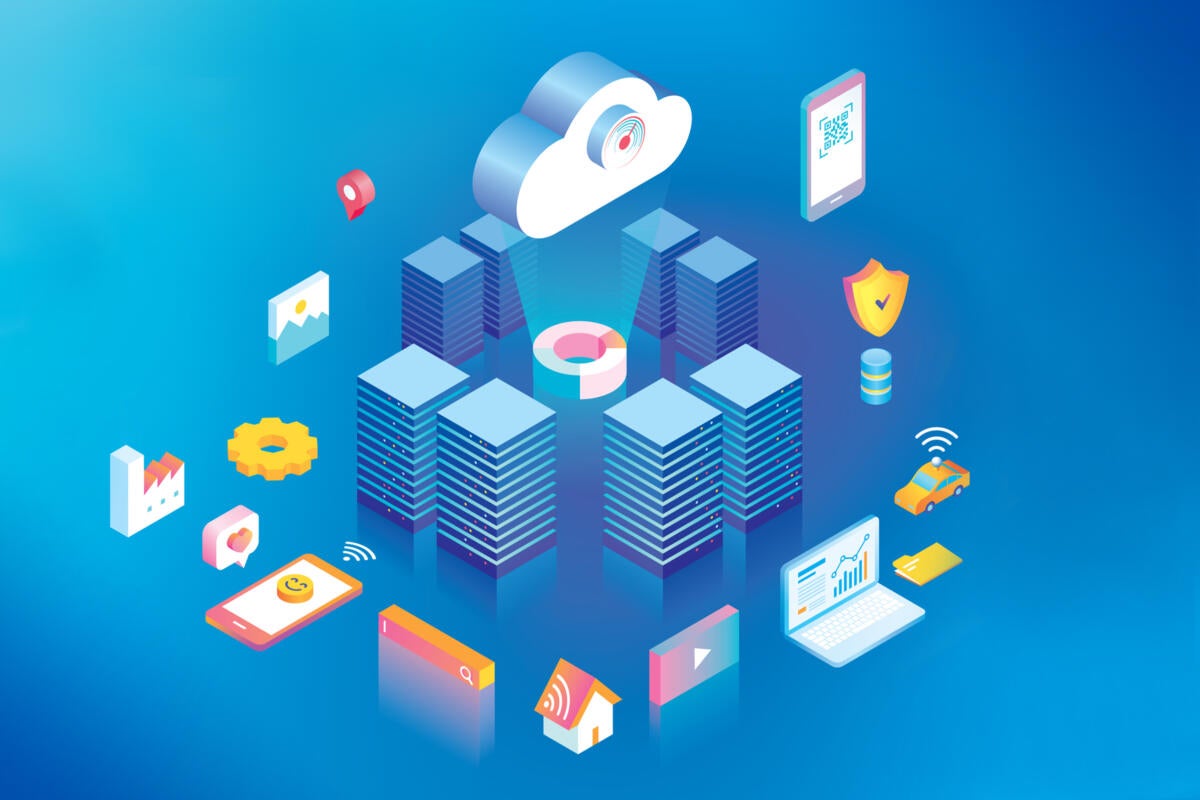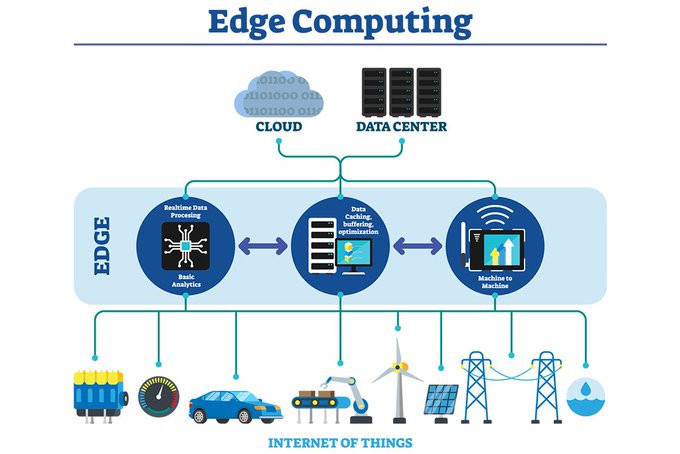edge computing blog

Hey there, my fellow tech enthusiasts! Have you heard about the latest buzzword in the tech world – edge computing? It’s the talk of the town, and everyone seems to be jumping on the bandwagon. So, let’s dive into the wonderful world of edge computing together and explore its potential.
Edge Computing as a Service
First up, let’s talk about the impact of 5G on edge computing. You might be wondering, what is 5G and how does it relate to edge computing? Well, 5G is the fifth generation of wireless technology that is predicted to revolutionize the way we use the internet. Thanks to its lightning-fast speed and low latency, 5G is expected to be a game-changer for edge computing as a service.

So, how exactly will 5G accelerate edge computing? In a nutshell, edge computing involves processing data on devices that are closer to the source of data, rather than relying on a centralized data center. With 5G, data can be transmitted and processed in real-time, making it possible to analyze and respond to data much faster. This means that businesses can leverage the power of edge computing to improve their operations, make real-time decisions, and provide a better user experience.
Practical Applications of Edge Computing
Now that we have a basic understanding of edge computing, let’s move on to some practical applications. One of the most promising areas for edge computing is in the field of autonomous vehicles. With the help of sensors, cameras, and other technologies, autonomous vehicles generate massive amounts of data that need to be processed in real-time. Edge computing can help with this by processing the data locally, making it possible for the vehicle to make quick decisions and avoid accidents.

Another area where edge computing shows great potential is in the world of healthcare. With the help of connected devices such as wearables, healthcare providers can monitor patients remotely and collect data on their health in real-time. Edge computing can help with this by processing the data locally, making it possible to diagnose and treat patients much faster.
Challenges to Consider
While there are certainly many benefits to edge computing, there are also some challenges that need to be considered. One of the biggest challenges is ensuring that edge devices are secure. With data being processed on devices that are closer to the source of the data, there is a greater risk of cyberattacks. This means that edge devices need to be protected with robust security measures, such as encryption and firewalls.
Another challenge to consider is the cost of implementing edge computing. Setting up and maintaining edge computing systems can be expensive, especially for small and medium-sized businesses. However, as the technology becomes more mainstream, the cost is likely to come down.
Conclusion
So, there you have it – a quick introduction to the wonderful world of edge computing. While there are certainly some challenges to consider, the potential benefits are too great to ignore. With the help of 5G and other emerging technologies, edge computing is poised to revolutionize the way we process and analyze data.
Thanks for joining me on this journey to the edge of the computing world. Until next time, happy computing!

Source image : www.idginsiderpro.com

Source image : aicorespot.io

Source image : dbisrlblog.wordpress.com


